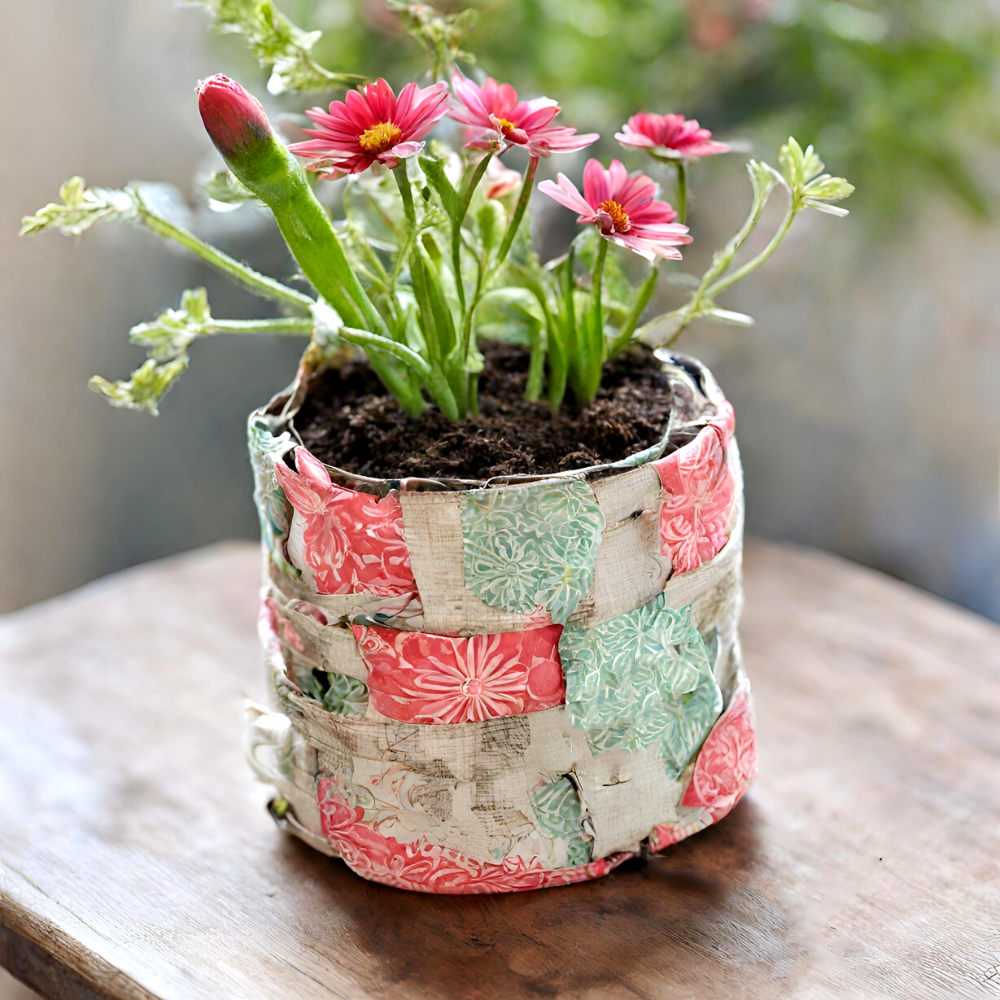Have you ever held an ordinary object in your hands and envisioned something completely new and innovative?
A pair of ripped jeans transformed into an artsy tote bag, old wooden pallets reworked into rustic furniture, or mismatched buttons redesigned into eye-catching jewelry?
We've all been there - rummaging aimlessly through thrift stores and flea markets, scouring for forgotten gems hidden among rows of dusty miscellany.
Perhaps you stumbled upon a rusty old typewriter or battered vintage suitcase that stirred your creative impulses.
While some may see trash, artists see treasure - raw materials waiting to be reborn.
With a bit of elbow grease and artistic vision, old can become new again.
What if I told you that with the right skills and marketing savvy, your imaginative upcycling projects could become more than a hobby?
That reinventing discarded items into one-of-a-kind works of creative re-purposing could become a side business or even a full-time career?
In today's growing market for unique handmade and eco-friendly goods, upcycling worn-out wares into funky fresh finds offers exciting profit potential.
If your creative juices start flowing at the thought of breathing new life into discarded items, then upcycling may be the profitable passion for you.
Whether you're just beginning to experiment or have been upcycling for years, this blog post explores how artists across all skill levels are discovering financial success by reimagining the world's "trash" into treasured goods.
Keep reading to discover how artists of all experience levels can turn their talent for transforming trash into cash.
We'll dive into the world of upcycling, recycling, and repurposing through creativity to see if you can turn your passion for upcycling into a profitable business venture.
Key Takeaways:
- Upcycling can be a profitable venture when approached with a solid business model and an understanding of the target market.
- The upcycling furniture business taps into the growing demand for unique, sustainable, and custom furniture pieces.
- Success in upcycling for profit hinges on sourcing cheap items, quality craftsmanship, and effective marketing to reach the right audience.


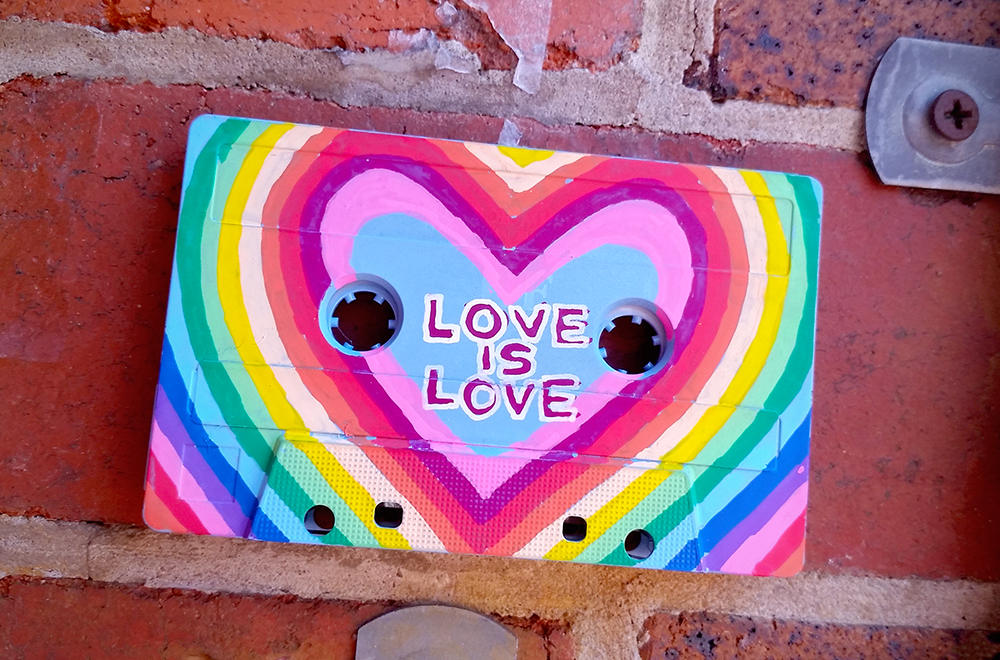
Understanding the Upcycling Business Model
Upcycling, the process of transforming waste materials or unwanted products into new materials or products of better quality or for better environmental value, has become more than just a hobby for the environmentally conscious.
It has evolved into a viable business model for many entrepreneurs.
The upcycling business model is built on the foundation of adding value to discarded items.
By taking old furniture, wooden pallets, or any other items that have lost their appeal or function, upcyclers create new, desirable products.
This model not only taps into the niche market of customers looking for unique pieces but also appeals to those interested in sustainable living.
With the increasing awareness and concern for the environment, upcycling offers a tangible solution to reducing waste by repurposing items that would have otherwise ended up in landfills.
This unique selling point attracts eco-conscious consumers who are willing to spend money on handmade, sustainable goods.
Sourcing Raw Materials: The First Step to Profit
For upcycling businesses, the hunt for raw materials is a critical step.
Thrift stores, garage sales, flea markets, and even Facebook Marketplace are treasure troves for upcyclers.
The key is to find furniture and other items at little money, which can then be transformed and sold at higher prices.
This hunt is not just about finding cheap items; it's about spotting the potential for a new lease on life.
With the right eye, even a rickety wooden chair can become an art piece.
To keep costs low, upcyclers often source items from donations or free piles on the side of the road.
Some materials may also be found in nature - branches for furniture legs, rocks for garden décor, etc.
By keeping material costs low, upcyclers can increase their profit margins and offer competitive prices to their customers.
Crafting Unique Pieces: The Art of Upcycling
The transformation process is where the magic happens.
It's not just about slapping paint on an old piece; it's about reimagining the whole piece.
Upcyclers use their sewing skills, woodworking abilities, and artistic vision to create unique pieces that stand out in the market.
This is where upcycled materials meet creativity, resulting in products that can command higher prices due to their uniqueness and the labor of love invested in them.
The more intricate and creative the transformation, the higher the value of the end product.
Marketing to the Target Audience
No business can succeed without reaching its target audience.
Upcycling businesses take advantage of online platforms like Instagram and YouTube videos to showcase their favourite pieces and connect with customers.
They also participate in craft shows, farmers markets, and other local events to sell their upcycled creations.
A strong online presence and community engagement are crucial for attracting customers who are willing to pay for upcycled art and goods.
By effectively marketing their products, upcyclers can reach customers who are looking for unique items and willing to support eco-friendly practices.
This allows them to build a loyal customer base, resulting in repeat business and word-of-mouth recommendations.
The Financial Side: Cost, Overhead, and Profit Margins
Understanding the cost of materials and time is essential for any upcycling business.
While the raw materials may be cheap, the process can be time-consuming.
Upcyclers must account for their time and effort when pricing their items.
Additionally, overhead expenses such as workspace, tools, and marketing must be considered to ensure healthy profit margins.
By accurately tracking costs and setting appropriate prices, upcyclers can ensure their business is financially sustainable.
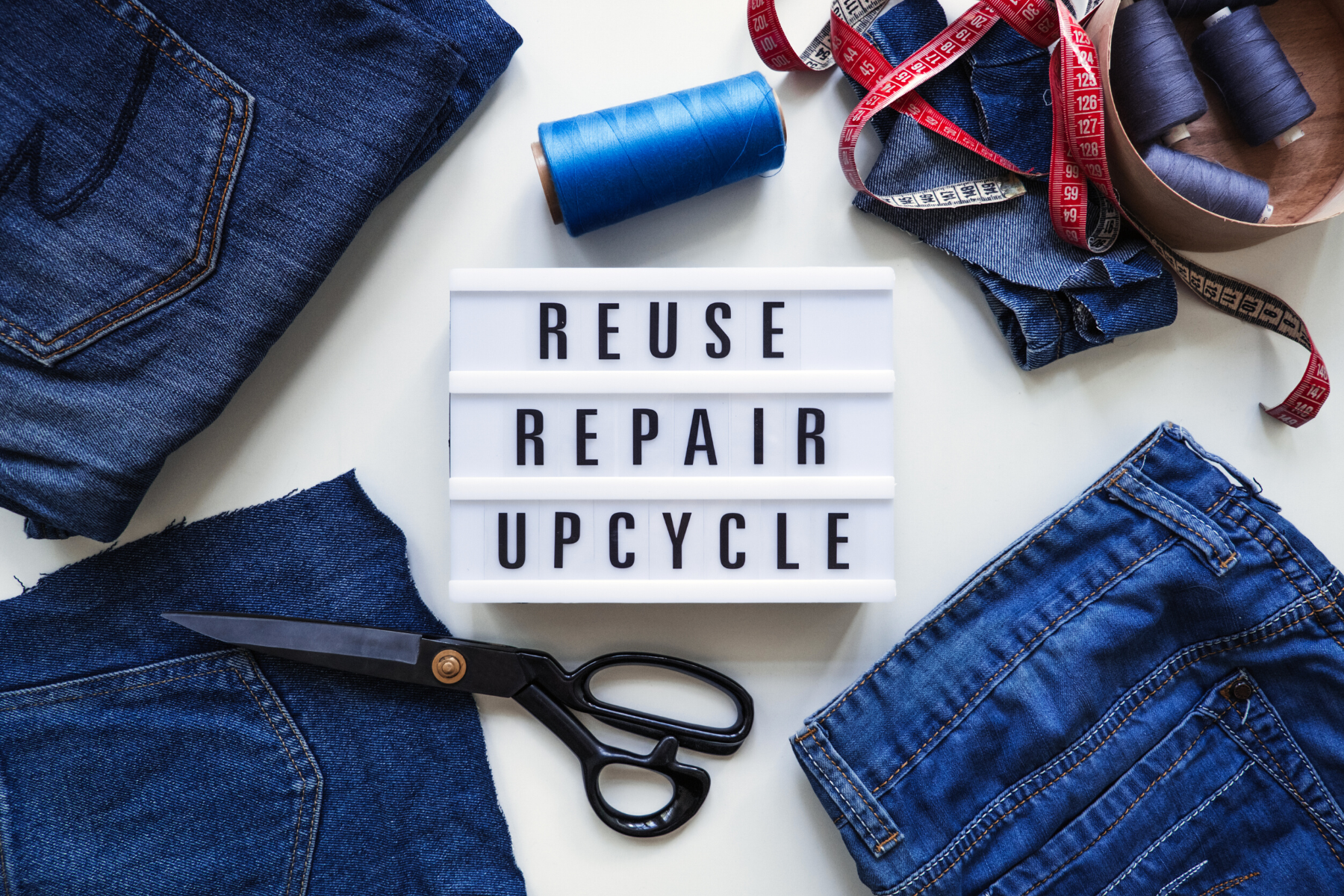

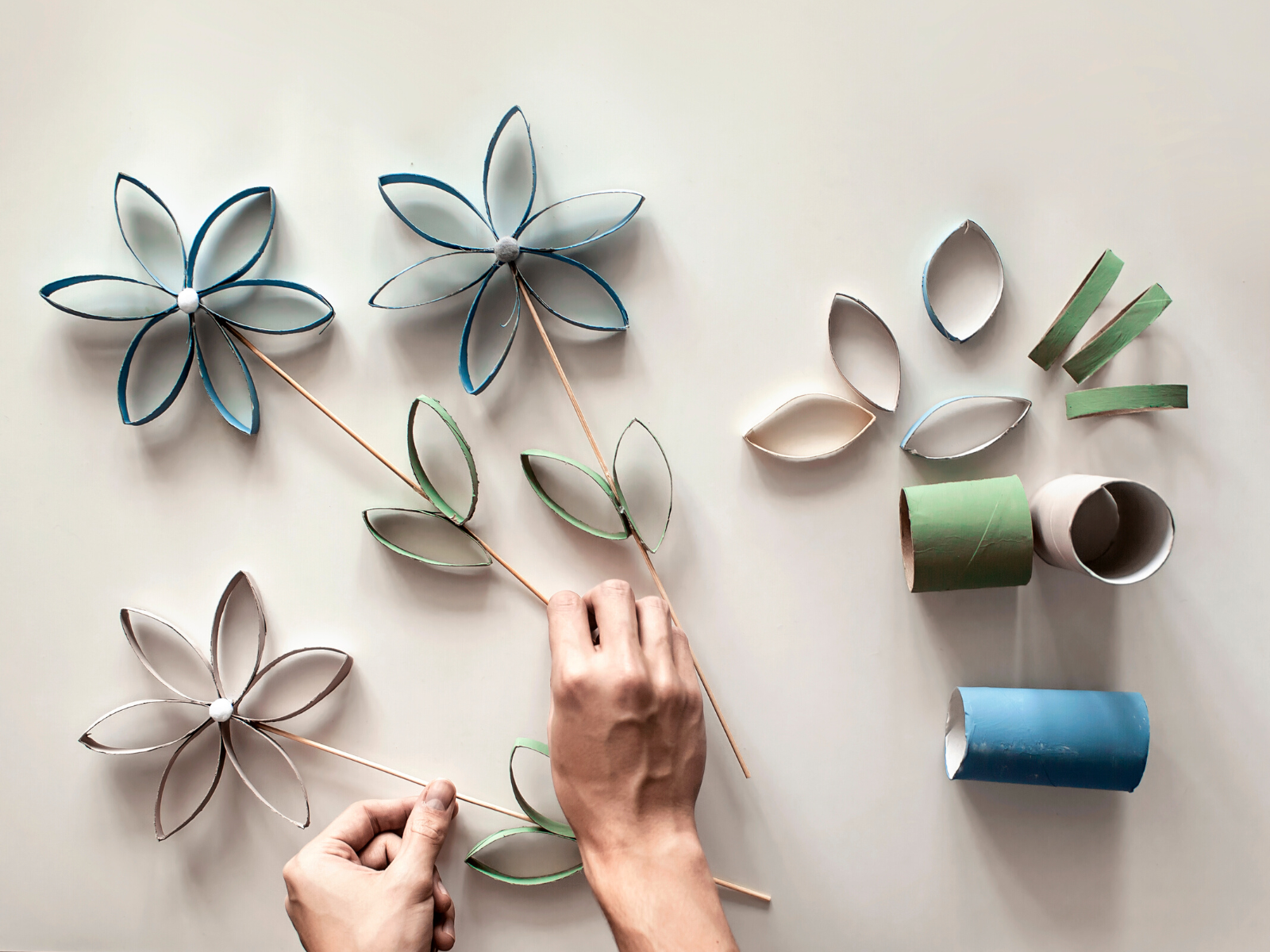
Setting Up Shop: Online vs. Physical Storefront
Some upcyclers start their own business from their own home, selling their creations online through platforms like Etsy or their own websites.
Others may opt for a physical storefront on the high street.
Each option has its advantages and challenges, from overhead costs to the ability to reach a diverse range of customers.
Building a Sustainable Business in the Circular Economy
Upcycling is a key component of the circular economy, which aims to keep products and materials in use for as long as possible.
By creating a business that reduces waste and promotes sustainability, upcyclers can find a comfortable niche in this growing economic model.
This not only helps the environment but also resonates with a growing segment of consumers who prioritize eco-friendly practices.
Whether through online or physical sales, upcyclers can build a sustainable business that creates positive change in the world while generating profit.
The Importance of a Business Plan
Like any other business, upcycling requires a solid business plan.
This should outline the business model, target audience, marketing strategy, and financial projections.
A well-thought-out business plan helps upcyclers to stay focused, make informed decisions, and attract potential investors or partners if needed.
Upcycling as a Full-Time Career: Balancing Work Life
Turning upcycling into a full-time career can be challenging.
It requires a balance between work life and personal time, as the demands of running your own business can be all-consuming.
Upcyclers must be prepared to step out of their comfort zone, take on multiple roles, and manage their time effectively to ensure both business success and personal well-being.
However, with determination and passion for their craft, upcyclers can turn their hobby into a fulfilling career.
The Adage: 'One Man's Trash Is Another Man's Treasure'
The saying 'one man's trash is another man's treasure' is a cornerstone of the upcycling movement.
This principle has fueled the creativity and business acumen of upcyclers around the world.
By seeing the potential in items that others have discarded, upcyclers are able to give new life to materials that would otherwise contribute to waste.
This not only benefits the environment by reducing landfill usage but also creates an opportunity for profit through the sale of reimagined goods.
The ability to see the hidden value in what is considered trash is a key skill for any successful upcycler.
However, the process of turning trash into treasure is not without its challenges.
Upcyclers must have a keen eye for spotting usable materials and envisioning their transformation.
They also need to be adept at sourcing these materials, often requiring them to build a network of suppliers who can provide a steady stream of salvageable goods.
This aspect of the business is critical, as the quality and uniqueness of the raw materials can significantly impact the final product and its appeal to consumers.
Upcyclers who master this art can create a niche for themselves in the market, offering one-of-a-kind items that resonate with eco-conscious consumers.
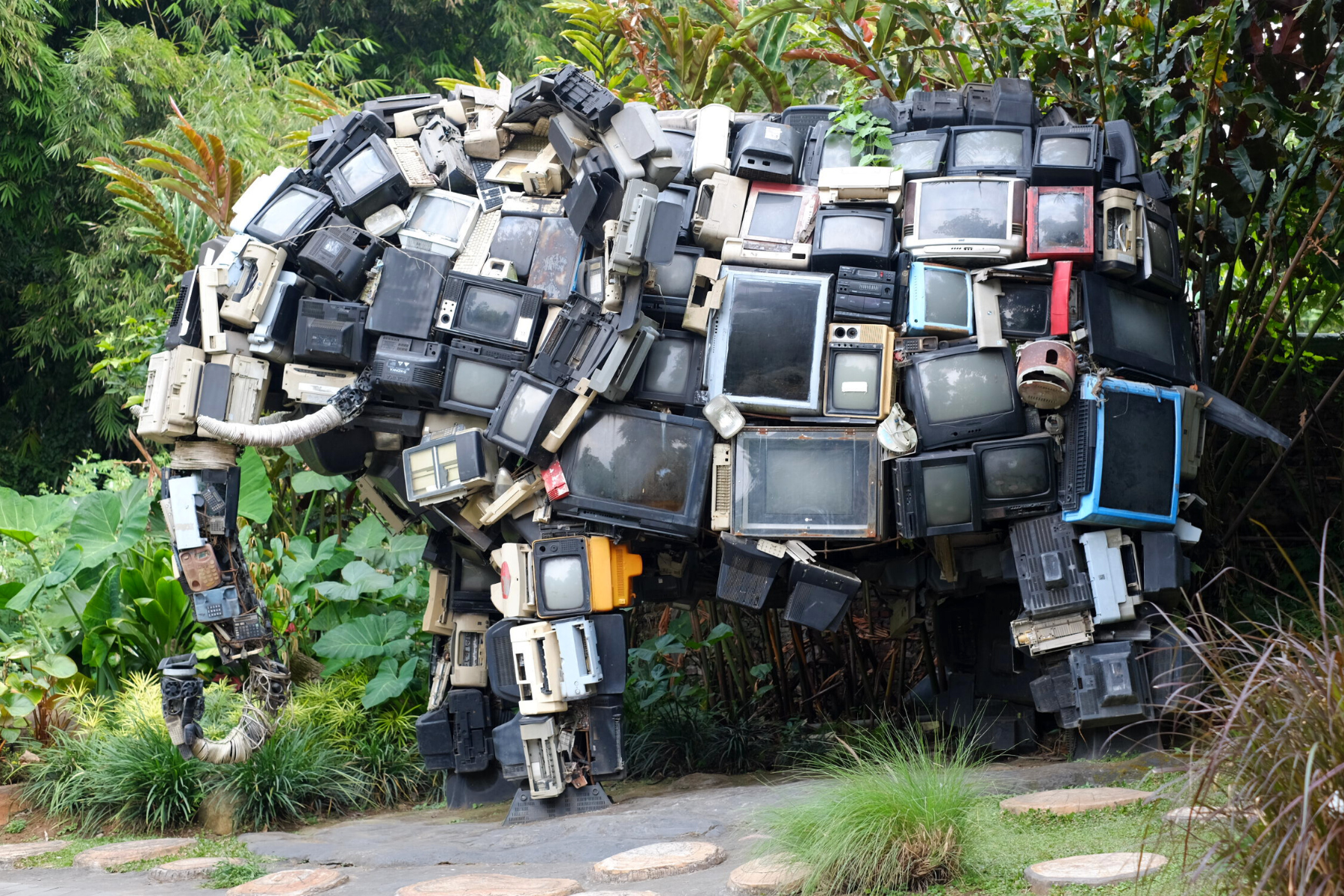


Time Management in Upcycling Ventures
Upcycling can be a time-consuming endeavor, especially when it involves furniture upcycling, which requires meticulous attention to detail and craftsmanship.
Small businesses in this niche must balance the time invested in each piece with the potential for more income.
This balancing act is crucial, as the time spent on restoring or repurposing old pieces must be weighed against the market value of the finished product.
Efficient time management allows upcyclers to maximize their output without compromising the quality that sets their work apart from mass-produced items.
To optimize productivity, successful upcyclers often streamline their processes by organizing their workspace, planning their projects in advance, and developing a workflow that minimizes downtime.
For instance, sourcing raw materials may involve visiting multiple locations to find the perfect items, which can be a significant time investment.
However, this step is crucial for ensuring a steady stream of unique products that appeal to customers.
They may also delegate certain tasks or collaborate with other artisans to expedite the completion of complex projects.
In addition to sourcing, the actual creation of upcycled goods demands a considerable amount of time, especially when aiming for high-quality craftsmanship.
Upcyclers must be adept at planning their projects, allocating sufficient time for each stage of the process, from initial design to final touches.
This meticulous attention to detail not only enhances the value of the finished product but also streamlines the production process over time.
As upcyclers refine their techniques and become more efficient, they can produce more goods in less time, ultimately increasing their earning potential.
By mastering the art of time management, upcyclers can ensure that each project is completed efficiently, allowing them to move on to the next piece and generate more income, all while maintaining the high standards of craftsmanship that customers expect from upcycled goods.
The Time-Consuming Nature of Upcycling
Upcycling, by its very nature, is a time-consuming process that demands a significant investment of effort and creativity.
Unlike mass production, upcycling requires a meticulous approach to transform one man's trash into another's treasure.
Each piece, whether it's furniture, clothing, or decor, must be carefully assessed and reimagined.
This labor of love is not just about making do; it's about adding value through design and craftsmanship.
The time invested in each project is a testament to the upcycler's dedication to sustainability and quality.
The time-consuming aspect of upcycling can be both a challenge and a selling point.
For entrepreneurs in the upcycling business, the hours poured into each creation can justify higher price points due to their uniqueness and the story behind them.
However, it's essential to balance the time invested with the potential market value to ensure profitability.
Upcyclers must hone their skills to work efficiently and perhaps even innovate new techniques to streamline their processes without compromising the integrity of their art.
The time invested in upcycling can be seen as both a challenge and an advantage.
For entrepreneurs in the upcycling business, the hours dedicated to transforming materials can lead to unique, high-quality products that stand out in the marketplace.
However, the time required to complete these transformations must be factored into the pricing strategy to ensure profitability.
As such, upcyclers need to balance their creative aspirations with efficient time management to maintain a successful business model.



Leveraging Local Markets for Materials
In the quest for saving money while sourcing materials, upcyclers often turn to local markets, such as thrift shops and charity shops, which can be goldmines for second hand furniture and old pieces ripe for transformation.
These venues not only provide a diverse array of items at low costs but also contribute to the local economy and support community initiatives.
By frequenting these establishments, upcyclers can find unique pieces that resonate with the local area's aesthetic and historical narrative, adding a layer of storytelling to their projects.
Moreover, the concept of "one man's trash is another man's treasure" is particularly pertinent in the upcycling community.
By visiting garage sales and flea markets, upcyclers can uncover hidden gems that may be overlooked by the average consumer.
These finds not only reduce waste but also offer a canvas for creativity and innovation.
The local market approach not only fosters a sense of community engagement but also ensures a steady supply of materials for the next project, keeping the business model sustainable and intimately connected to the area's culture and resources.
The Environmental Impact of Upcycling
Upcycling, by its very nature, is a testament to the adage "one man's trash is another man's treasure."
This process not only transforms discarded items into valuable products but also plays a crucial role in environmental conservation.
Upcycling isn't just a profitable venture; it's a beacon of environmental sustainability.
By transforming one man's trash into another's treasure, upcyclers significantly reduce the amount of waste destined for landfills.
This process is inherently time-consuming, as it involves meticulous sorting, cleaning, and repurposing of discarded materials.
However, the environmental benefits are substantial.
Upcycled products often replace the need for new materials, thus conserving resources and reducing the carbon footprint associated with manufacturing.
Moreover, upcycling promotes a culture of resourcefulness and environmental responsibility.
It encourages consumers to see the potential in items that would otherwise be considered waste.
When items are repurposed, the energy and resources required to break down and recycle materials are saved.
This means fewer emissions are released into the atmosphere, contributing to cleaner air and water.
Upcycling also often involves non-toxic and less energy-intensive processes compared to traditional manufacturing, further underscoring its environmental advantages.
As consumers become more eco-conscious, the demand for upcycled goods is likely to increase, reinforcing the importance of this sustainable practice.
This shift in perception is crucial as it fosters a more sustainable lifestyle.
Upcyclers not only contribute to a greener planet but also educate the public on the importance of waste reduction.
Their creations serve as tangible examples of how creativity can lead to environmental conservation, making upcycling a key player in the fight against climate change.
The Environmental Impact of Upcycling Wood
Upcycling wood not only serves an economic purpose but also has a significant environmental impact.
By repurposing what is often considered "one man's trash," upcyclers are able to reduce the demand for new timber, thereby helping to conserve forests and reduce deforestation.
This practice supports biodiversity and helps in the fight against climate change by storing carbon that would otherwise be released if the wood were left to decay or burned.
Moreover, upcycling wood is a prime example of how time-consuming crafts can lead to positive environmental outcomes.
Each piece of upcycled woodwork takes hours of dedication, transforming discarded materials into valuable products.
This process extends the lifecycle of the wood, reduces waste, and minimizes the carbon footprint associated with manufacturing new products.
As consumers become more environmentally conscious, the demand for such sustainable goods is likely to increase, further enhancing the ecological benefits of upcycling.
The Rise of the Upcycling Furniture Business
Upcycling furniture has become particularly popular.
From shabby chic dressers to custom-designed coffee tables, upcycled furniture offers customers a chance to own home decor that is not only unique but also has a story.
The upcycling furniture business thrives on the ability to give old furniture a new life, often appealing to a local community that values both quality craftsmanship and sustainability.
This business model is conducive to small businesses, where artisans can create a niche for themselves by delivering one-of-a-kind pieces with character and charm.
Moreover, as the market for upcycling furniture expands, it opens up opportunities for collaboration between artists and other entrepreneurs in related fields such as interior design or home staging.
The potential profit margins of this business are also attractive, with many customers willing to pay a premium for handcrafted, environmentally-friendly, and aesthetically appealing furniture.
As the demand for sustainable products continues to rise, the upcycling furniture business is well-positioned to meet this demand.
With its focus on creativity, resourcefulness, and environmental impact, it offers a unique value proposition that sets it apart from traditional furniture retailers.
The success of upcycled furniture businesses is a testament to the power of reimagining waste as well as the importance of balancing time, creativity, and efficiency in this ever-growing market.

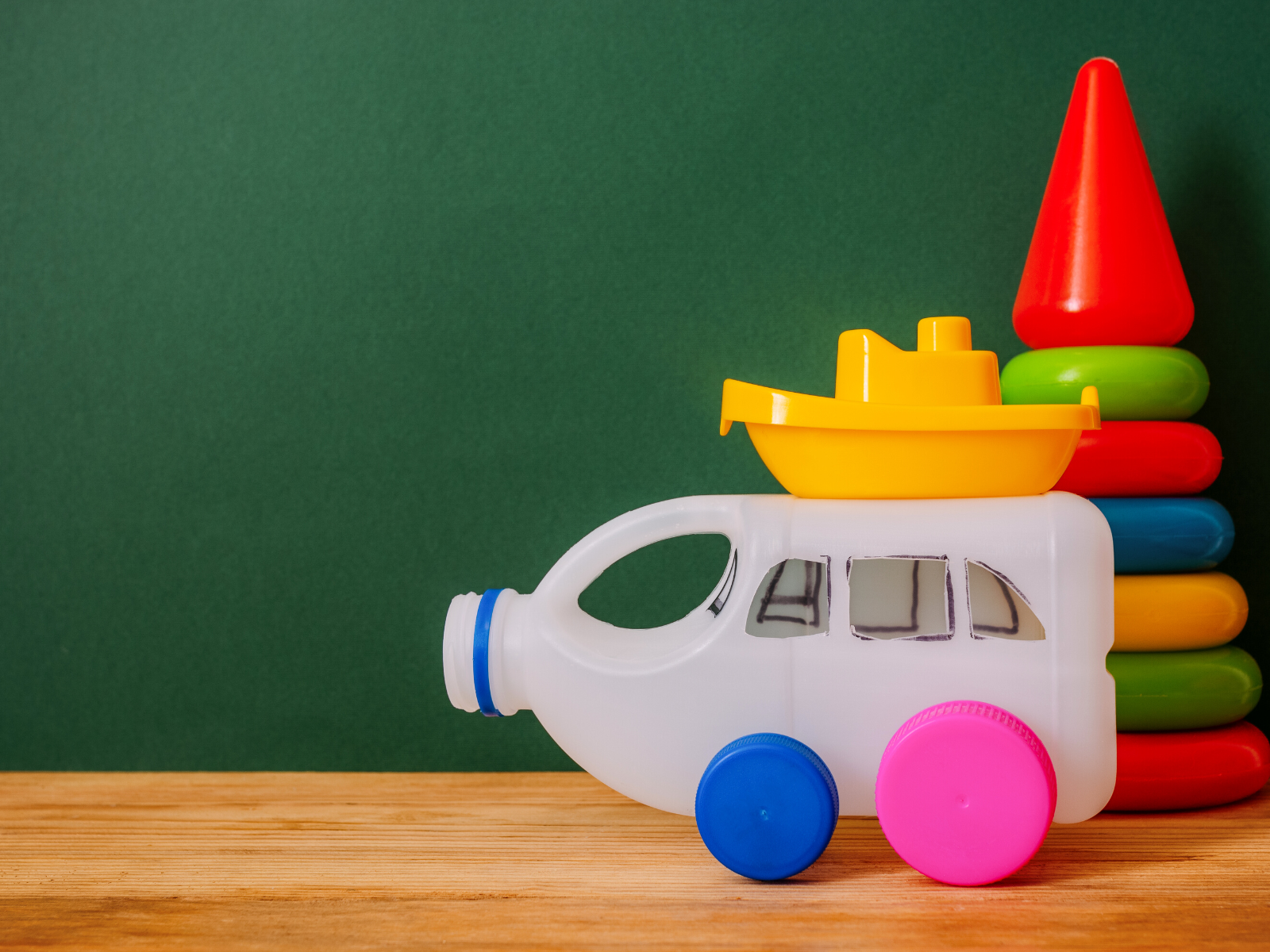
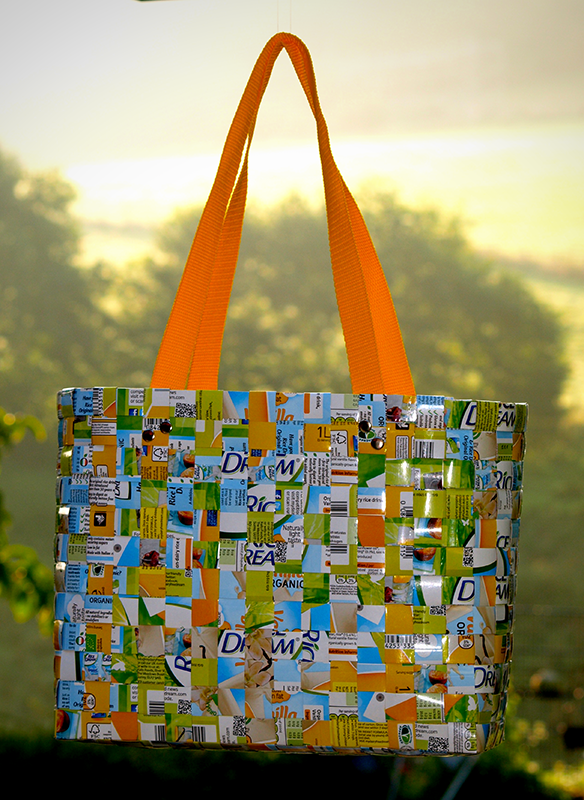
Sourcing and Transforming Discarded Items
The adage "one man's trash is another man's treasure" is the cornerstone of the upcycling industry.
The ability to see the potential in discarded items is what sets successful upcyclers apart.
Sourcing materials is an art form in itself, requiring a keen eye for quality and an imaginative vision for what those materials could become.
Upcyclers often scour flea markets, garage sales, and even curbside discards to find the raw materials for their next project.
This scavenger hunt not only reduces waste but also keeps overhead costs low, contributing to the profitability of the business.
Transforming these found objects into desirable products is where the magic happens.
It's not just about salvaging; it's about reimagining and reinventing.
A rusty old bicycle can become part of a quirky table, or a worn-out sweater might be reborn as a chic handbag.
The transformation process is as varied as the items themselves, with each project presenting its own set of challenges and opportunities.
By showcasing the transformation from trash to treasure, upcyclers can create a narrative that resonates with consumers looking for unique, eco-friendly products.
Challenges and Rewards: One-Man Operation
Starting an upcycling business can be particularly time-consuming for solo entrepreneurs.
As a "one man's" operation, the challenge lies in managing all aspects of the business, from sourcing materials to creating the products and marketing them.
This requires a diverse skill set and a significant investment of time.
However, the autonomy of running a one-man business allows for complete creative control and the ability to make swift decisions, which can be a substantial advantage in the fast-paced world of upcycling.
Despite the challenges, the rewards of running a one-man upcycling operation can be immense.
There is a growing market for unique, handcrafted items made from wood and other materials that tell a story.
Customers are often willing to pay a premium for these one-of-a-kind pieces, recognizing the craftsmanship and effort that goes into each product.
This can lead to a satisfying and profitable business for those who are passionate about transforming "one man's trash" into another's treasure, all while contributing to a more sustainable world.
Collaborations in Upcycling Ventures
In the upcycling business, collaborations can be a powerful tool for growth and innovation.
By partnering with designers, artists, or other businesses, upcyclers can expand their creative horizons and tap into new markets.
These partnerships often result in unique, one-of-a-kind products that appeal to a diverse clientele.
For instance, a collaboration between an upcycling furniture business and a local artist can lead to a line of bespoke, hand-painted tables that carry a story and a distinct aesthetic appeal, making the time-consuming effort worthwhile.
Furthermore, partnerships can also lead to resource sharing, which is particularly beneficial in sourcing raw materials.
By working together, businesses can pool their resources to collect "trash" that would otherwise be discarded, ensuring a steady supply of materials for upcycling projects.
These collaborations can also foster a sense of community and shared purpose, as businesses unite with the common goal of promoting sustainability and reducing waste.
Such partnerships not only enhance the creative process but also strengthen the upcycling industry as a whole.

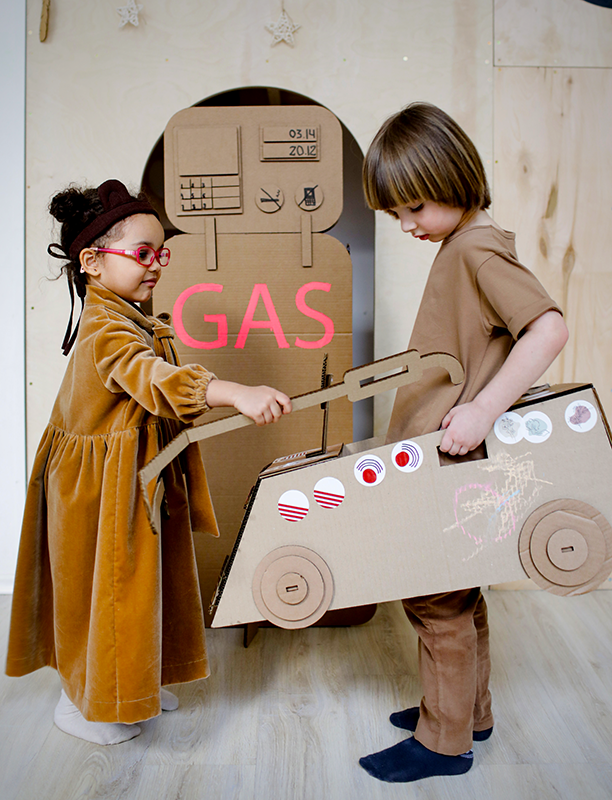
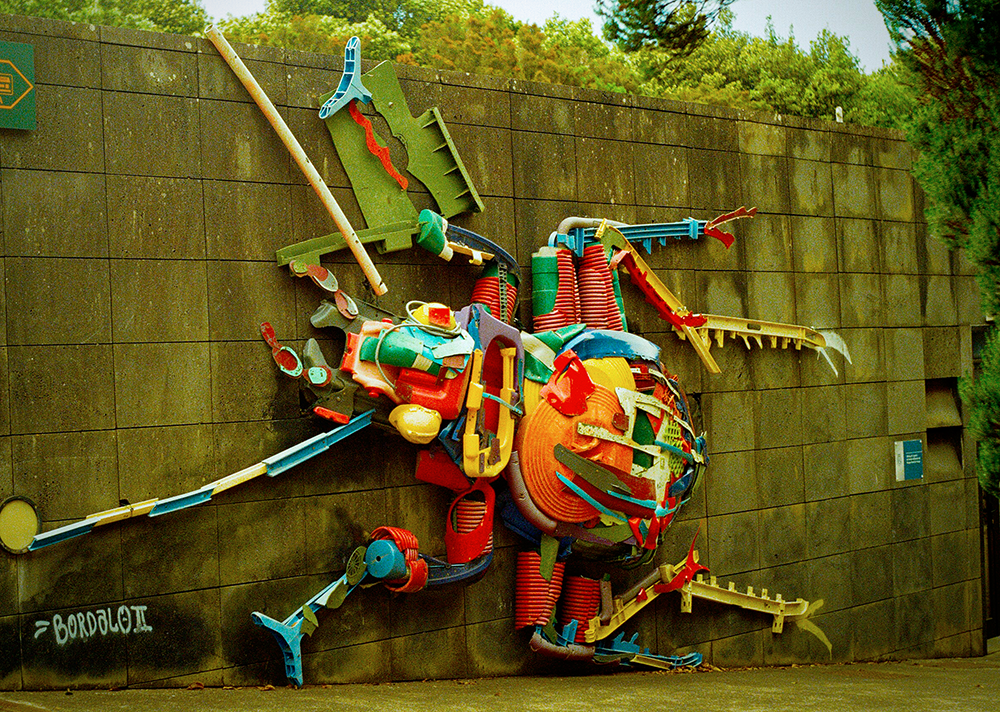
Future of Upcycling: Trends and Predictions
The upcycling industry is dynamic, with trends constantly evolving.
This section will explore what the future may hold for upcyclers, including potential market shifts, new materials, and techniques that could shape the industry.
Staying ahead of trends is crucial for upcyclers who want to maintain a competitive edge.
Today's consumer is looking for unique, sustainable products that align with their values and lifestyle.
Therefore, upcyclers must pay attention to emerging trends and adapt accordingly.
One trend that is gaining traction in the industry is incorporating technology into upcycling practices.
This includes using 3D printing techniques to transform discarded items into new products or incorporating smart technology into upcycled furniture, making it more functional and appealing to tech-savvy consumers.
Moreover, with the rise of e-commerce, upcyclers are now able to reach a wider audience and expand their customer base beyond their local community.
Another trend is the use of unconventional materials in upcycling projects.
While wood and metal have been traditional materials for upcyclers, recent years have seen an increase in the use of discarded plastics and other non-traditional materials.
This not only reduces waste but also provides a new creative outlet for upcyclers.
Another exciting development is the emergence of upcycling hubs or co-working spaces, where artists and entrepreneurs can collaborate and share resources.
These spaces provide a platform for upcyclers to showcase their work and network with like-minded individuals, further driving innovation and growth in the industry.
As society continues to place a greater emphasis on sustainability, upcycling is poised for significant growth in the future.
Top Tips for Aspiring Upcyclers
For those considering starting an upcycling business, these upcycling tips cover everything from sourcing materials to creating custom designs that appeal to a niche market.
Learning from those who have already found success can help new upcyclers avoid common pitfalls and accelerate their journey to profitability.
Here are some top tips for aspiring upcyclers:
- Be resourceful: The key to successful upcycling is sourcing discarded materials that have potential. Develop an eye for quality and learn where to find the best raw materials.
- Find your niche: With the growing popularity of upcycling, it's essential to find a unique selling point. This could be specializing in a particular material or style, catering to a specific market segment, or incorporating technology into your designs.
- Invest in quality tools: Upcycling requires high-quality tools and equipment. Don't skimp on these essential items as they will be crucial in transforming discarded materials into desirable products.
- Tell a story: Consumers are drawn to products with a story. Be sure to capture the transformation process from start to finish and highlight the history of the materials used in your creations.
- Network and collaborate: As mentioned earlier, collaborations can be a powerful tool for growth. Get involved in local upcycling communities, attend events and exhibitions, and look for opportunities to partner with other businesses or artists.
If you're passionate about sustainability, creativity, and entrepreneurship, upcycling could be the perfect business venture for you.
With its potential for profitability and positive environmental impact, upcycling is a promising industry that continues to gain momentum.
By following these tips and staying future-focused, aspiring upcyclers can carve out a niche in this ever-evolving market while promoting sustainable consumption habits.



The Power of Upcycling
In a world where climate change and environmental degradation are pressing concerns, the upcycling industry offers a glimmer of hope.
By reimagining waste as valuable resources, upcyclers are contributing to the fight against deforestation, reducing carbon emissions, and promoting sustainable practices.
Moreover, the rise of upcycling has led to new business opportunities, collaborations, and innovations that continue to shape the industry.
Upcycling has evolved from a fun hobby to a profitable venture for many creative individuals when executed with a strategic approach.
By sourcing raw materials at low cost, applying quality craftsmanship, and effectively marketing to a target audience that values unique and sustainable products, upcyclers can turn a passion for transforming the old into a thriving business.
The key to success lies in understanding the market, managing overhead expenses, and consistently delivering products that meet the demands of consumers looking for something more than the ordinary.
With its endless possibilities and potential for positive change, upcycling is more than just a trend; it's a powerful movement with the potential to transform our world for the better.
You can turn your passion for upcycling into a money-making venture by selling bespoke items online, offering personalized services to other businesses, or even building a brand for yourself through social media.
So, let's embrace this creative approach to waste management and contribute to a more sustainable future through the power of upcycling and transform your passion into profits!
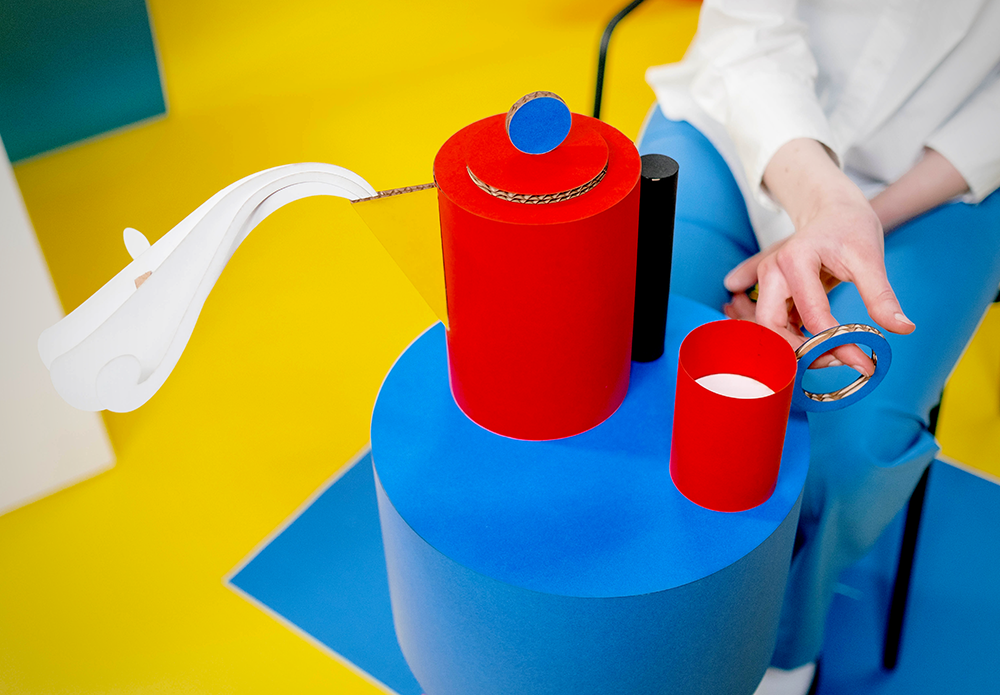

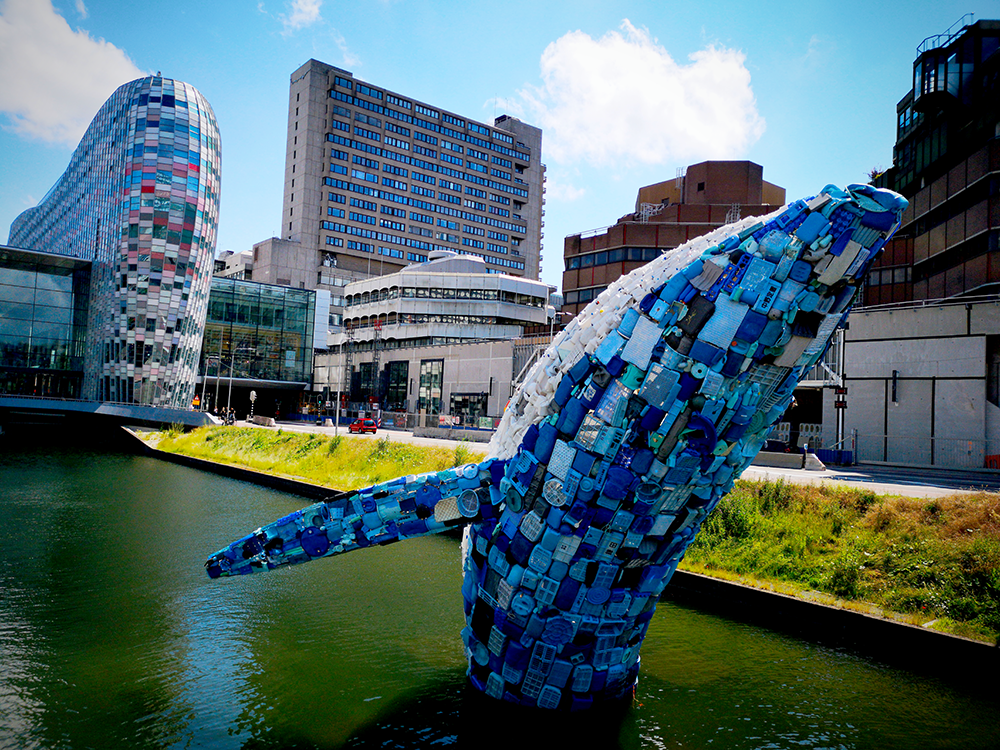
Eager to try upcycling for yourself? Check out Our Upcycled Life's video!
Want even more content about creativity and art?
Be sure to check out all of our creative chronicles!
Ready to dive into the world of upcycling and recycled art?
Check out some of our other articles:
-What is the difference between upcycled and repurposed?
-What are the disadvantages of upcycling?




